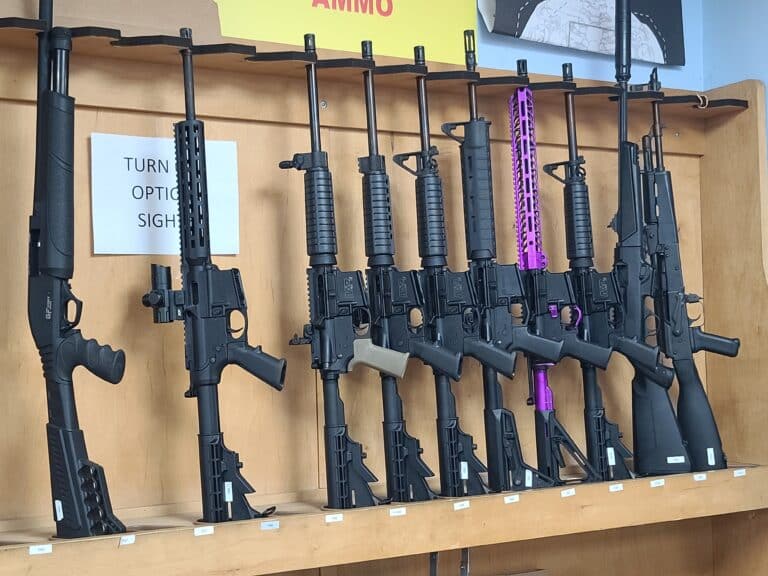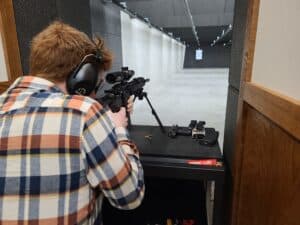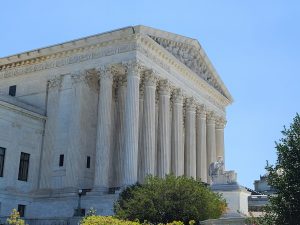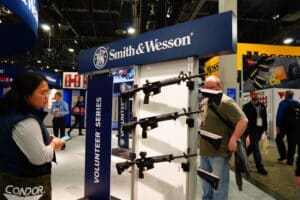Things have moved quickly in the last two months since I declared the era of “assault weapons” bans over. Does it remain true?
Well, certainly, my prediction the House of Representatives would not pass one ended up being wrong. I thought Democratic leadership’s decision not to pass the ban alongside the other gun-control measures they voted on in the immediate aftermath of the Uvalde shooting or for the 25 years beforehand, for that matter, meant they didn’t actually have the votes to get it through. And they didn’t.
Only 215 Democrats voted for the bill, which bans the sale of AR-15s and many similar rifles. However, they managed to get two Republicans on board, which put them just over the line. And not only that, but Deleware also passed the first new statewide ban for the first time in 25 years.
That represents quite a bit of momentum. and the first real-world expansion of the policy to a new jurisdiction in decades.
But there’s reason to believe that momentum is a mirage. We may now have reached the high-water mark for assault weapons bans.
The New York Times summed up the prospects of the ban passing the Senate pretty well.
“It stands no chance of passing in the evenly divided Senate, where such a sweeping gun control measure would not be able to win over the 10 Republicans it would need to overcome a filibuster,” the paper said.
I would be surprised if the bill gets a vote at all in the Senate. If it did, I’d be surprised if it got more than 45 votes. That would put Democrats in the position of having to tank their own bill, and it would force a lot of moderates to take a vote they probably don’t want to take regardless of how they come down on it.
Of course, they could take a vote even if it’s not realistic to expect ten Republicans to come on board. But the House surprised me by taking a vote on the bill, so why not the Senate too?
Still, the fundamentals behind why the assault weapons ban is on its way out remain in place. In fact, they’ve only gotten stronger since I made my prediction.
Quinnipiac University’s most recent poll shows support for the ban has now dropped below 50 percent, a new all-time low. That’s 18 points below its peak a few years back. Every other recent poll on the ban shows a similar drop in support. None have support for a ban at or near all-time highs despite support for every other gun-control measure enjoying a noticeable jump in support after Uvalde.
Quinnipiac found opposition to assault weapons bans not limited to Republicans either. More Independents opposed imposing a ban than supported it.
The policy has fallen a long way in popularity, depending on which polls you examine. Back when the 1994 federal ban was enacted, a Washington Post/ABC News poll even found support was up at 80 percent. It hasn’t asked the question since Uvalde, but support had dropped to 56 percent when the poll was last conducted in 2019.
But a lot has changed since the 94 ban.
The most significant change is that more people own guns affected by a ban than ever before. The National Shooting Sports Foundation, the gun industry’s trade group, reported last month that Americans now own more than 24.4 million AR-15s and similar rifles.
That means more people also know somebody who is being painted as owning a gun that is only for killers. It’s more difficult to demonize larger groups of people. People are more likely to be sympathetic to guns owned by their brother or neighbor than they are to guns they’ve never seen a regular person using before.
Americans may have become more likely to associate AR-15s and other guns targetted by assault weapons bans with lawful uses such as hunting and home defense than they are to associate them with mass shootings, despite their use in a number of high-profile attacks.
ARs seem to be following a similar path to handguns. Pistols have long been the leading category of firearms used in most mass shootings and other murders. In 1959, Gallup found 59 percent of Americans favored a ban on handguns. Now, the number is down to 27 percent and hasn’t been above 40 percent in nearly 30 years.
Over that same period of time, handguns overtook long guns as the most popular category of gun sales in America. The AR-15 enjoyed a similar rise in popularity during the period support for banning them decreased. It is now the most popular rifle in America.
And, as happened with handguns, it seems likely Second Amendment protections will soon explicitly cover AR-15s. the Supreme Court ruled in New York State Rifle and Pistol Association v. Bruen that gun restrictions without a clear historical analogue are presumptively unconstitutional. That may send the assault weapons bans in Deleware and elsewhere down the same path as the D.C. handgun ban the Court struck down in Heller.
In fact, the Court has already invalidated a lower court ruling upholding Maryland’s assault weapons ban. It vacated the ruling and sent the case back down for a new ruling in line with the Bruen ruling.
Of course, we can’t know exactly how that case will come out, and handguns remain much more popular than AR-15s. Because of that, the rifles may never see the same level of opposition to outlawing their sales. But that opposition appears likely to increase alongside sales of those rifles.
So, will there be a new federal “assault weapons” ban this year? Or any year in the near future?
Almost certainly not.






